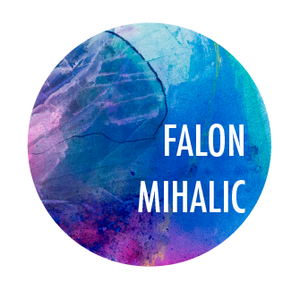A selection of published writing
Stories from the florida panhandle
Published in Tempor magazine, 2018
Excerpt:
“If there’s a theme that ties together my adventures in the wilds of the Florida panhandle, it is my encounters with the creepy, the gross, the venomous, the blood sucking, and the howling creatures that haunt this unreal landscape. The Florida panhandle is a lush oasis of white sand barrier islands and freshwater springs that gush up through bedrock to form swimmable pools of shimmering turquoise. The landscape appears to be a tame and relaxing paradise in a photograph is actually a very wild and sometimes threatening environment in real life. I find being immersed in this risky paradise intoxicating. It makes me feel most alive. I go back to the Florida panhandle, where I’m from, time and again because I am surprised each and every time by a new encounter with something wild, unknown, or startlingly beautiful.”
Read the full essay with hybrid collages here.
drawing in the dunes: process, place, and lines
Published in University of California’s GroundUp Journal of Landscape Architecture
“The act of drawing a line by walking, as done so exquisitely by artist Richard Long3, creates a direct relationship between the body and the landscape. I understand the landscape through my body by making measurements relative to my body’s physical dimensions. At 5’4”, my body head-to-toe extends across one third of the length of my chosen basin. I am drawing this line as an experiment to help me understand how my body is physically related to the wind-formed landscape. I am also drawing this line to mark a process in the landscape so that it can be immediately visible, perceived, considered, experienced, and, eventually, known and remembered.”
Read the full essay and see installation photos here.
Cite: a literature review of houston flooding
Published in Cite Magazine, Special Harvey Issue, by the Rice Design Alliance
“From an ecological standpoint it’s critical to understand that Houston is nested within a larger bioregion of the Texas Gulf Coastal Plain. Our bioregion is low and flat with clayey soils that don’t drain or permeate water well. John Jacob takes this large scale regional view in “Learn the Song of our Land,” by positing that, “The surface of the entire upper Gulf Coast of Texas is made up of sediment laid down by rivers.” He calls for preservation of the important prairies and forests at the outer edges of the metropolitan region. These fringe ecosystems have everything to do with flooding within the city because our urban ecosystem is connected to the larger bioregion. Similarly, water connects us all since watersheds exist at nested scales of yard, street, neighborhood, bayou, bay, and coastal plain.“
Read the full essay here.



